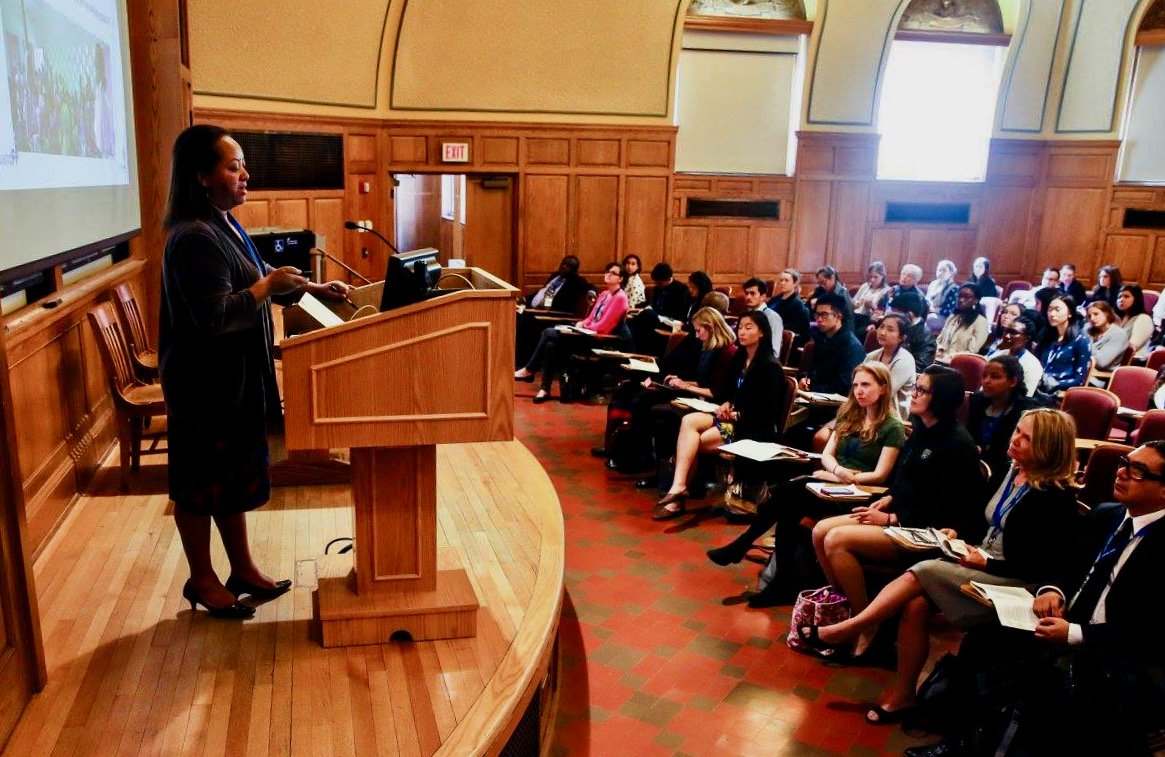
HEALTH EDUCATION STRATEGIES CERTIFICATE
Module 5: Producing a Culturally-Appropriate Educational Video
A study by a Yale University medical student examined the efficacy of digital education materials in South Africa. Digital video production has been shown to be easily replicable, portable, and entertaining for its audience. However, one limitation of audio-visual materials as an educational tool in low-income nations is the scarcity of televisions, videocassette recorders, and laptops with CD-ROM drives, thereby limiting its feasibility in reaching a large audience.(1) In the Global North, videos have proven to be a cost-effective, easily reproducible, convenient, and comprehensive means of reaching a large audience. The following details a step-by-step methodology from Wong for creating a culturally sensitive and effective educational video.
Script Production
Determine the structure of the educational video.
Critically review existing educational videos. Evaluate their ability to engage the audience, assess the pacing used, and determine the style of narrative techniques.
Mark effective portions of these videos to use as a model.
Individually interview healthcare providers and counselors.
Choose metaphors that will be effective in demonstrating message.
When taboo concepts such as sex or HIV are depicted in an abstract way, patients are more receptive to educational messages.
Utilize several narrative techniques that will interest patients; a cinematic approach appeals to a wider audience.
Consider skit-like role playing, voice-over narration of the lives of adherent patients vs. non-adherent patients, and documentary-like sections that include information about adhering to one's medicine.
Video Production
Finalize script.
Make a casting call.
Utilize professional actors rather than the medical team/development workers; this will avoid patients harboring any concerns regarding confidentiality.
Ensure that the demographic make-up of the cast mirrors the ethnic composure of the audience.
Clarity of the actors’ speech and diction are extremely important to the film's ability to convey complex ideas.
Attention should be paid to creative filming, using point-of-view shots, close-ups, and traveling shots to make the video a dynamic film rather than a static documentary.
Musical score of the film should incorporate a combination of sources. Music plays a variety of important roles in many cultures.
Video production concepts to keep in mind:
Focus on showing rather than telling. It is more effective to use a dynamic plot than a monologue.
Have the fictional patient ask the fictional doctor questions to demonstrate the importance that the doctor-patient relationship is a two-way process and to show patients that asking questions is key to understanding their own health.
The use of a culturally significant metaphor (such as snakes in South Africa) makes a visceral impact on patient viewing the film.
Use actors that look and speak like the patients viewing the video. This increases the likelihood of audience comprehension makes it more realistic and plausible to patients who have similar lives to the viewer.
Ensure that local humor is utilized, as this can make a video much more interesting and memorable to viewers.
Music often plays a key component in many cultures.
Use of repetition reinforces key ideas and improves likeliness that they will be remembered.
Keep videos under 20 minutes long in order to maximize the attention spans of the patients.
Clearly articulate strategies that patients can adopt to improve their health outcomes. Effective educational material not only increases general knowledge, but also offers steps that patients can share within their own communities and social structures.
Footnotes
(1) Wong, I. “The Development & Assessment of an Innovative Video to Introduce Concepts of Adherence in Soweto, South Africa.” A Thesis Submitted to the Yale University School of Medicine in Partial Fulfillment of the Requirements for the Degree of Doctor of Medicine. 2004. 2, 5-7, 11-14, 16-31, 38-42, 44.
